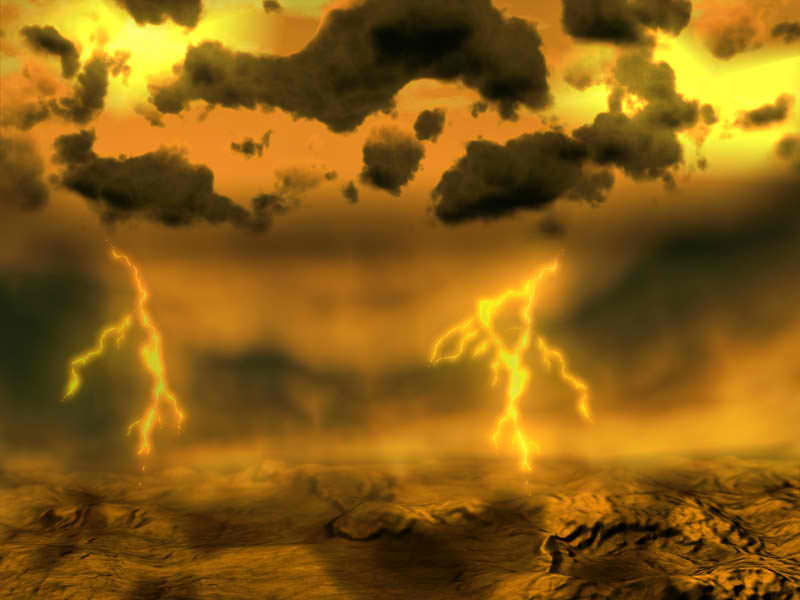[/caption]
Venus is a world not for the faint of heart. On its surface you'd have to endure high temperatures and intense air pressures, plus within the thick, sulfuric acid-laced atmosphere there are actually lightning storms. These storms are surprisingly similar to lightning storms on Earth, despite the great differences between the atmospheres of the two planets. "Venus and Earth are often called twin planets because of their similar size, mass, and interior structure," said Dr. Christopher Russell from the University of California, who presented his findings at the European Planetary Science Congress in Rome this week. "The generation of lightning is one more way in which Venus and Earth are fraternal twins."
Scientists have known there was lightning on Venus since the early planetary missions such as the Venera and Pioneer Venus Orbiter missions, and more recently the Galileo spacecraft reported evidence for optical and electromagnetic waves from Venus that could be produced by lightning. This was also confirmed by ground telescopes capturing lighting flashes at Venus.
Now, the Venus Express spacecraft, in orbit around Venus, has been studying Venus' lightning in detail with its magnetometer, looking at the rates of discharge, the intensity and the spatial distribution in the magnetic field at altitudes between 200 and 500 km.
Russell said the Venus electromagnetic signals associated with lightning discharges are stronger than terrestrial signals in this frequency band because the background magnetic field is much weaker and the waves travel more slowly, but the electromagnetic energy flux is similar to that on Earth.
"Short strong pulses of the signals expected to be produced by lightning were seen almost immediately upon arrival at Venus, despite the generally unfavorable magnetic field orientation for entry of the signals into the Venus ionosphere at the altitude of the Venus Express measurements," said Russell.
The observed electromagnetic waves are strongly guided by the Venusian magnetic field and they can only be detected by the spacecraft when the magnetic field tilts away from the horizontal by more than 15 degrees. This is quite unlike the situation on Earth, where the lightning signals are aided in their entry into the ionosphere by the nearly vertical magnetic field.
When clouds form, on Earth or Venus, the energy that the Sun has deposited in the air can be released in a very powerful electrical discharge. As cloud particles collide, they transfer electrical charge from large particles to small, and the large particles fall while the small particles are carried upward. The separation of charges leads to lightning strokes. This process is important for a planetary atmosphere because it raises the temperature and pressure of a small portion of the atmosphere to a very high value so that molecules can form, which would not otherwise occur at standard atmospheric temperatures and pressures. This is why some scientists have speculated that lightning may have helped life to arise on Earth.
"We have analyzed 3.5 Earth-years of Venus lightning data using the low-altitude Venus Express data, which is about 10 minutes per day," Russell said. "By comparing the electromagnetic waves produced at the two planets, we found stronger magnetic signals on Venus, but when converted to energy flux we found very similar lightening strength," said Russell. Also it seems that lightning is more prevalent on the dayside than at night, and happens more often at low Venusian latitudes where the solar input to the atmosphere is strongest."
Source:
European Planetary Science Congress
 Universe Today
Universe Today
